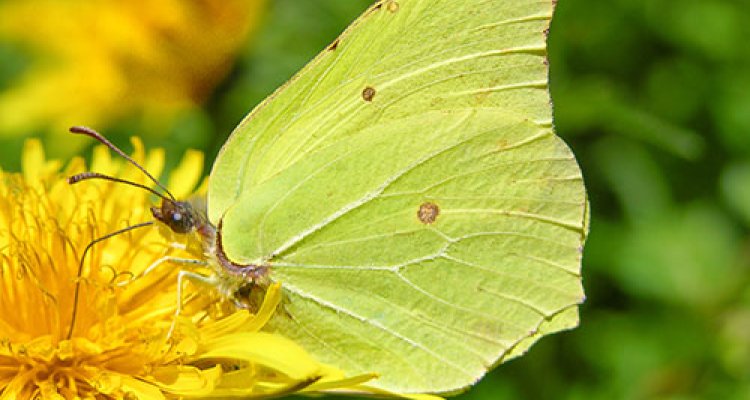
Joop van Loon's research
My research is focused on sensory and nutritional interactions in insect-plant and multitrophic systems consisting of: plants – plant feeding insects - parasitoids - predators.
Research
Over 80% of plant feeding insect species and many parasitoid species are specialized feeders, whereas predators comprise both specialized and generalist species.
Using comparative physiological, behavioural and ecological approaches, we study questions on the use of chemical information by insects, such as:- how do specialists recognise their host plants and how do generalists discriminate preferred plants from less preferred plants?
- which chemical cues play a key role in host (plant) and prey searching and host (plant) acceptance?
- which chemoreceptors mediate these cues? How specific are these chemoreceptors?
- how is olfactory activity encoded and processed in the brain to generate behaviour? (cooperation with Hans Smid)
- what chemical changes take place in a plant when it is damaged by a plant-feeding insect and how does this affect plant-feeding insects, their parasitoids and predators? (cooperation with Marcel Dicke)
- are there fitness benefits to plants by emitting volatile information which attracts natural enemies? (cooperation with Marcel Dicke and Jeff Harvey)
I am also involved in projects studying the odour-mediated host selection behaviour of malaria mosquitoes (cooperation with Willem Takken).
Research methods
Behavioural studies are the starting point of our work. We dispose over wind tunnels, olfactometers, a locomotion compensator (automated detailed walking track recording), videocamera’s, behavioural recording and analysis software and we use a range of feeding and oviposition assays on natural and artificial substrates. Behavioural observations raise questions on specificity and sensitivity of sensory perception which are addressed using electrophysiological techniques. Specificity and sensitivity of chemoreceptors that insects use to perceive plant-derived compounds are analysed by electrophysiological techniques: electroantennagrams (EAG) and single cell recordings on taste (‘tip-recording’) and olfactory neurons (surface-contact recording). For volatile plant compounds, sensory and chemical-analytical techniques are combined on-line, thereby enabling the efficient detection of individual chemicals that elicit sensory activity (coupled gas chromatography – electroantennography (GC-EAG)). Active chemicals eliciting attraction or acceptance are subsequently isolated and identified in several projects using a range of chemical analytical techniques (GC-MS, HPLC) under the guidance of behavioural assays, in close cooperation with chemists (Department of Organic Chemistry at WAU; Netherlands Institute of Ecological Research CTO-NIOO of KNAW; Department of Organic Chemistry, Technical University of Braunschweig; Institute of Zoology, Free University of Berlin).